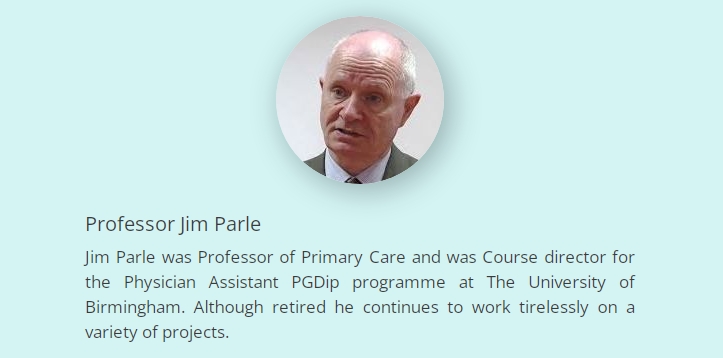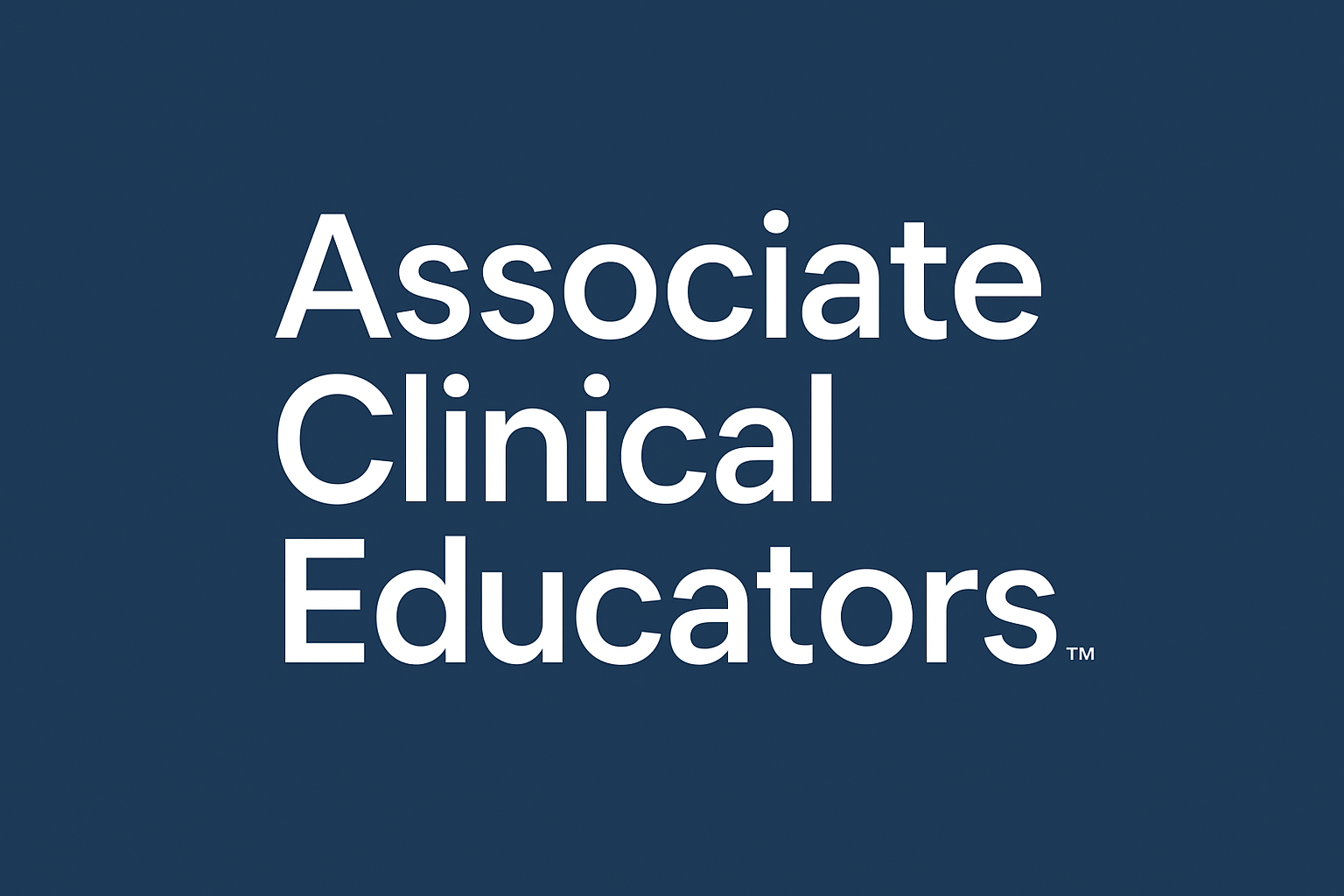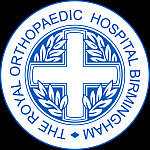
Professor Parle was our keynote speaker at the conference and it was an honour to have him join us. What follows is an abridged version of the talk. If you want to view the complete talk it is available in the video above.
“I’ve been involved with the ACE process for something like 15-18 years or so. I am now a retired professor at the University of Birmingham and I’ve been using ACEs and similar kinds of approaches to education for a long time. What I’m going to do today is to go straight into talking about what ACEs are and why we introduced them into the Physician Associate Course and what sparked my interest in education generally.
“We used ACEs on the PA programme for probably at least 15 years if not longer, so for today’s conference I would like to spend more time talking about simulation generally. Also, would like to talk about why we need simulation and why I think we need more simulation and why I think we need high fidelity simulation by which I mean using real human beings, not computers or robots!
“Obviously there’s an ethical issue about performing intimate or any kind of physical examination on actual patients. When I was a student, which is quite a long time ago, we used to examine patients without consent. The patient wasn’t really given an opportunity to say no.
“Obviously you should never do this kind of thing and fortunately, times have changed. I remember my first female patient examination, in which I was embarrassed. She was embarrassed, and I was probably incompetent. I don’t think I hurt the patient, but I didn’t know what I was doing. Looking back now, it was a ridiculous way to learn to carry out examinations. That is one reason we need to think about simulation.
“There’s also the point that medical students need repeated practise and repeated, focused and relevant feedback. You don’t really get that from a patient and when you examine a patient, they rarely know whether you’re doing a good job. We don’t really give them a voice, so we need to have or recruit a patient or patient substitute who is skilled in that area.
“There’s also the issue that students arrive with different levels of skill. You therefore need somebody who can work at the level the student is at. We can’t expect a real patient to do that, as they’ve got their own problems and their own things to focus on when in a consultation. An ACE, however, can do that and more, because we have trained them to be able to show certain kinds of pathology or abnormalities.
“I’ll give you an example: A patient comes off his or her bike and injures their chest. Maybe a couple of fractured ribs and difficulty breathing. If you were to examine an actual patient, they will be in a great deal of pain. They will have tenderness around the area and having restricted breathing. It would be unethical to subject an actual patient to multiple examinations by new students. With an ACE, that problem won’t occur. Some of our ACEs can even demonstrate asymmetric breathing and can obviously be examined throughout the day by many students with no ill effects.
“We can therefore reproduce an extremely convincing simulation with an actual person who the student has to interact with just like an actual patient, but they’re not putting a patient through all that kind of discomfort.
“I just want to add the importance of recognising what is also normal and an ACE can present both sides of this situation. Consider the previous example of asymmetric breathing. The ACE can easily demonstrate what is normal, then quickly change to abnormal. I can only assert that it’s much easier to learn something that’s abnormal when you have something normal to compare it with and, obviously, vice versa. The ACE can do this. Is able to switch asymmetric breathing too symmetrical breathing and back again so the student can see the difference and we as human beings are good at spotting differences but not so good at spotting absolute values. On a similar but not quite the same theme, I am concerned that if we learn something incorrectly, then it becomes difficult to unlearn it.
“I think it’s really important when students are learning physical examination skills that they compare normal with abnormal there and then. This means that they get immediate feedback, and which they don’t necessarily get with mannequins.
“Because of austerity and the current COVID crisis, students are not able to wander as freely around the wards interacting with patients as they did during my time as a student. So pressure on clinical learning environments and the clinicians who might teach us has become more and more restricted. It’s becoming increasingly difficult for students, whether medical, physician associates or pharmacists, and I’m sure it’s true of other clinical professions that an ACE could fulfill that role.
“An ACE is somebody who’s been trained to use their body and their psyche in educating clinicians by responding appropriately when asked to do something by a student. An ACE, as well as being a responsive patient, can also play a naïve patient, so if simple instructions are not given, the ACE will respond appropriately. If the student wants to take a blood pressure, for example, then the ACE knows exactly how this should be done. An ACE can replicate being a patient who has never had it done and do a variety of things that will affect the blood pressure reading. The ACE can then teach the student how to do it correctly. The student can see the blood pressure go up and down when a patient moves their arm or flexes their muscles. They will see the blood pressure go up and down. The student then gets the reason for doing it correctly and shows that they can do it correctly. This is immediate feedback and students love feedback. They’re always asking for more feedback! If it applies to the individual students’ strengths and weaknesses, they then improve straight away.
“So in conclusion I think I would say that what ACEs bring to the interaction is that they can role play, they can show abnormalities including assessments, they can understand what errors students make or errors patients make and then feedback to the students.
“The most important thing I want you to remember from what I’ve said is it’s sometimes good to take the clinician out of the room when the ACE is working. You do not want a clinician in there. If you have a clinician in with the ACE there, they’ll inevitably get into discussions about various pathologies and what a particular system does in terms of it’s function.
“The ACE is there to work as a tool to aid in the learning of the systems exams. We can do the theory at another session. Making full use of the ACE is vital and students’ feedback always shows they learn the examination processes quicker when the academic leaves the room!”



